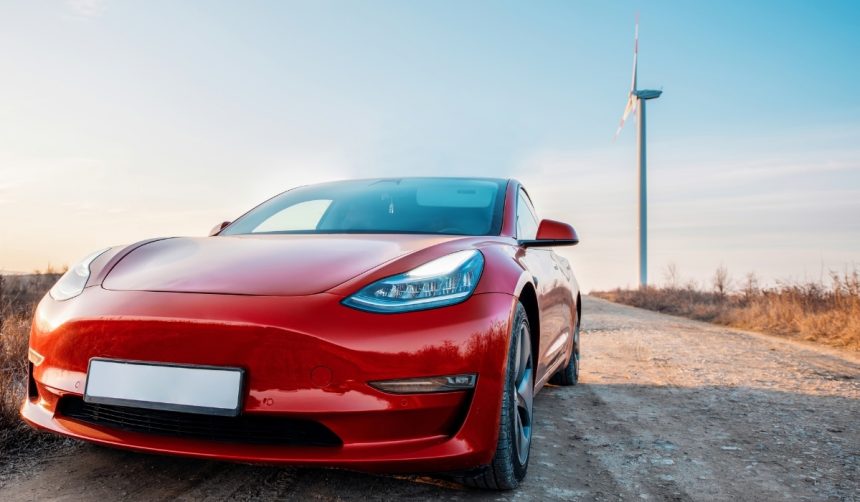Tesla Inc. has declared an ambitious plan to substantially expand its vehicle production within the United States. This initiative reflects the company’s commitment to scaling up operations to meet rising consumer demand for electric vehicles. The expansion is expected to influence the US automotive industry significantly.
Previously, Tesla had outlined incremental production increases, but this recent pledge represents a more aggressive expansion strategy. Unlike earlier objectives, the commitment to double production within two years underscores a heightened confidence in the US market’s growth potential. This approach may position Tesla more competitively against other automakers investing in electric vehicle technologies.
How does Tesla intend to double its US vehicle production?
To reach the goal of manufacturing two million vehicles annually in the United States, Tesla is likely to leverage its existing Gigafactory Texas facility. With the Fremont Factory already operating at a capacity of 650,000 vehicles per year and Gigafactory Texas at 375,000, further expansion or optimization at the latter is necessary. Plans may include ramping up assembly lines and integrating advanced manufacturing technologies.
What role does the Cybercab play in the production increase?
The Cybercab is central to Tesla’s production ramp-up strategy. Elon Musk has projected that the Cybercab will commence volume production by 2026, aiming for an annual output of at least two million units. As Musk stated,
“I do feel confident of Cybercab reaching volume production in ’26, not just starting production, reaching volume production in ’26. And that should be substantial, but we’re aiming for at least 2 million units a year of Cybercab. That will be in more than one factory, but I think it’s at least 2 million units a year, maybe 4 million ultimately,”
indicating significant reliance on this model to achieve overall production targets.
How will the increased production capacity affect Tesla’s market standing?
Enhancing production capacity is expected to solidify Tesla’s position as a leader in the electric vehicle market. By producing a higher volume of vehicles domestically, Tesla can better meet consumer demand and potentially reduce delivery times. Additionally, increased production may aid in achieving economies of scale, potentially lowering per-unit costs and enhancing competitiveness against other manufacturers.
Expanding production capacity within the United States not only aligns with governmental initiatives to bolster domestic manufacturing but also positions Tesla to better navigate supply chain challenges. This strategic move could lead to increased job creation and investment in local communities where Tesla’s factories are located. Furthermore, by scaling up production of models like the Cybercab, Tesla aims to diversify its product lineup and cater to a broader market segment.
As Tesla commits to doubling its vehicle production, the automotive landscape may witness increased competition in the electric vehicle sector. Consumers could benefit from a wider range of Tesla models and potentially more competitive pricing as production scales. Additionally, this expansion may encourage further advancements in electric vehicle technology and infrastructure, contributing to the broader adoption of sustainable transportation solutions.










